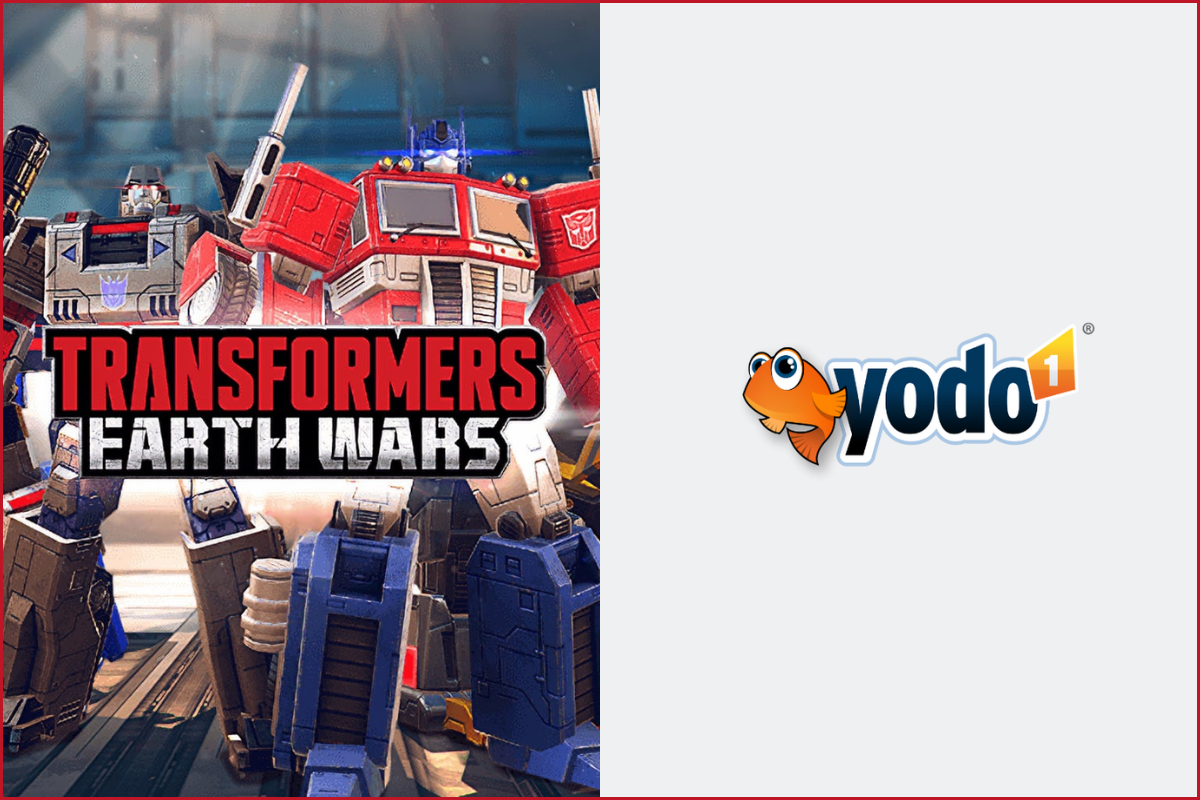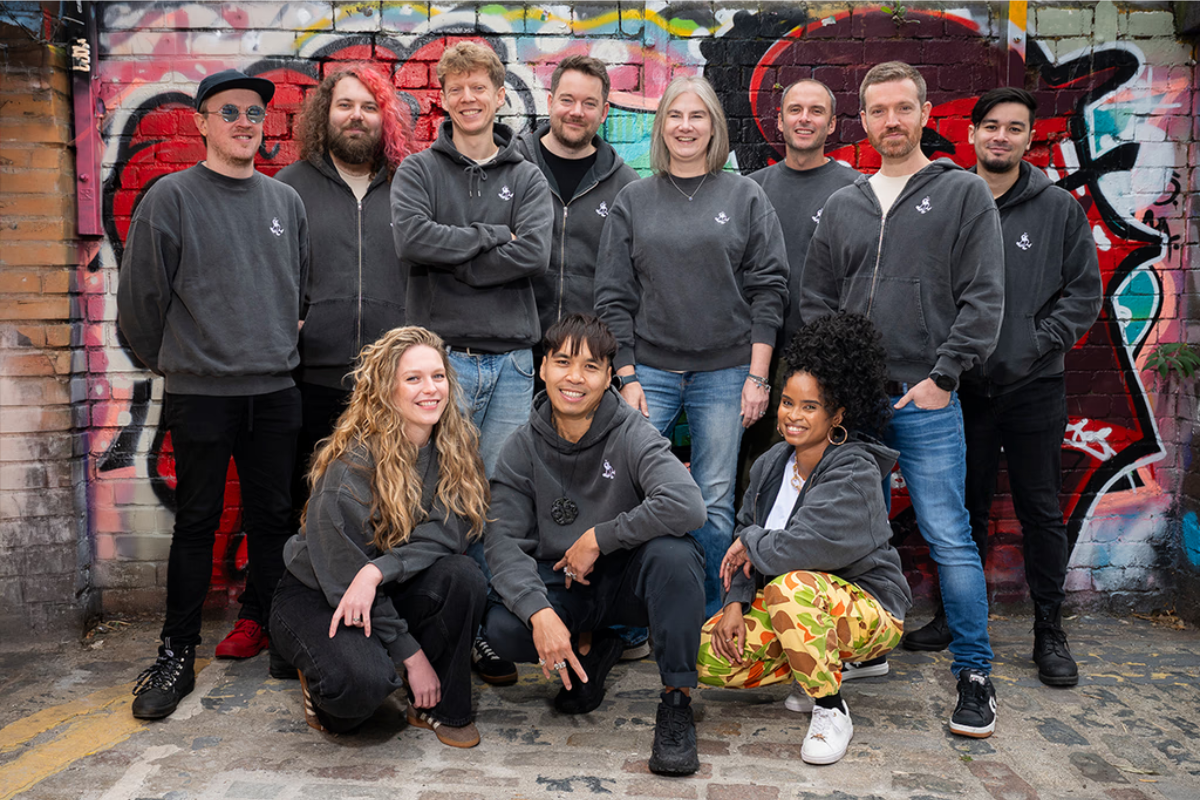In a significant leap for augmented reality gaming, Niantic’s mobile game Peridot has introduced an update that breathes life into its virtual pets, known as Dots. This transformation is powered by generative AI, enabling these creatures to interact with real-world objects in their augmented space with an unprecedented level of realism.
The core of this innovation lies in Niantic’s advanced AR Development Kit (ARDK) and using a customized version of Meta’s large language model, Llama 2. The ARDK processes 3D objects from the real world, translating them into data that Llama 2 uses to generate lifelike, in-character reactions from the Dots. This groundbreaking approach allows the Dots to exhibit behaviors like sniffing flowers or playing with food, offering players a more interactive experience.
Each Dot in Peridot comes with its own personality profile, similar to the varying natures found in Pokémon. This profile is considered by Llama 2 when determining how a Dot should interact with its surroundings, leading to personalized and diverse reactions that reflect each Dot’s unique character. The use of generative AI not only enhances the gameplay but also enables the game to utilize a wider range of animation assets, which were previously challenging to incorporate effectively.
Niantic’s focus on Peridot and its generative AI technology comes at a time of strategic reorganization within the company. Earlier this year, Niantic made headlines for laying off a significant portion of its workforce and closing its Los Angeles office, allowing for a concentrated effort on key projects, including Peridot. Despite facing challenges, including a lawsuit alleging a negative workplace culture, Niantic’s dedication to pushing the boundaries of AR gaming remains evident.
At the heart of Peridot’s charm is the innovative “Perigenetics System,” which generates each Dot’s unique appearance and characteristics. This system combines the artistic skill of 3D designers with sophisticated algorithms, creating a wide array of creatures with different textures, colors, and physical traits. The system utilizes tags within its genetic makeup to ensure diversity while maintaining a level of control over the creation process.
The balance between controlled diversity and generative chaos was a critical focus for the Peridot team. Starting with narrow genetic ranges for more precise control, the team gradually broadened these ranges to explore new and intriguing combinations. This method has led to an incredibly diverse range of possible Dot combinations, each unique to the player’s experience.
Practical implementation of the Perigenetics System involved careful consideration, particularly regarding body types and animations, to maintain a natural and cohesive appearance for all Dots. The system’s efficiency is noteworthy, as it requires only the Dot’s genetic information to be stored, significantly reducing data storage needs.
Looking ahead, Niantic plans to expand the Perigenetics System further. The introduction of diverse body types and detailed plumage designs are among the anticipated developments. These enhancements promise to create an even more varied and engaging player experience.
In conclusion, the incorporation of generative AI into Peridot marks a significant advancement in virtual pet simulation. By combining augmented reality with sophisticated AI technology, Niantic has set a new standard for interactive and lifelike virtual companions in gaming. As the industry continues to evolve, Peridot will surely pave the way for future innovations in AI-driven gaming experiences.
Next: A visual history of video games from retro pixels to lifelike graphics





